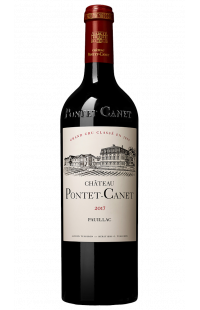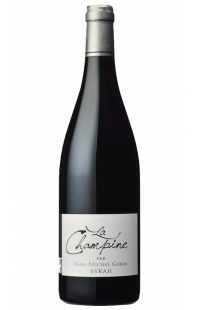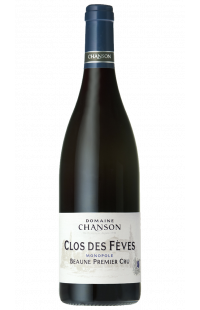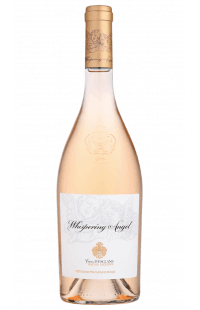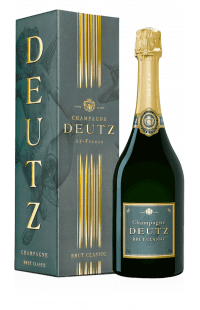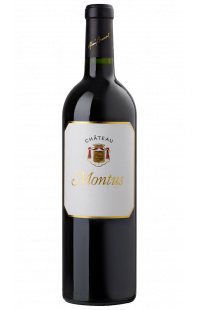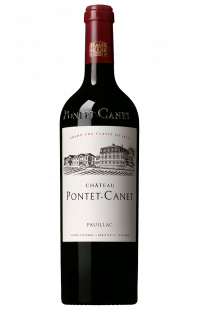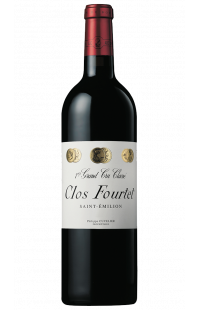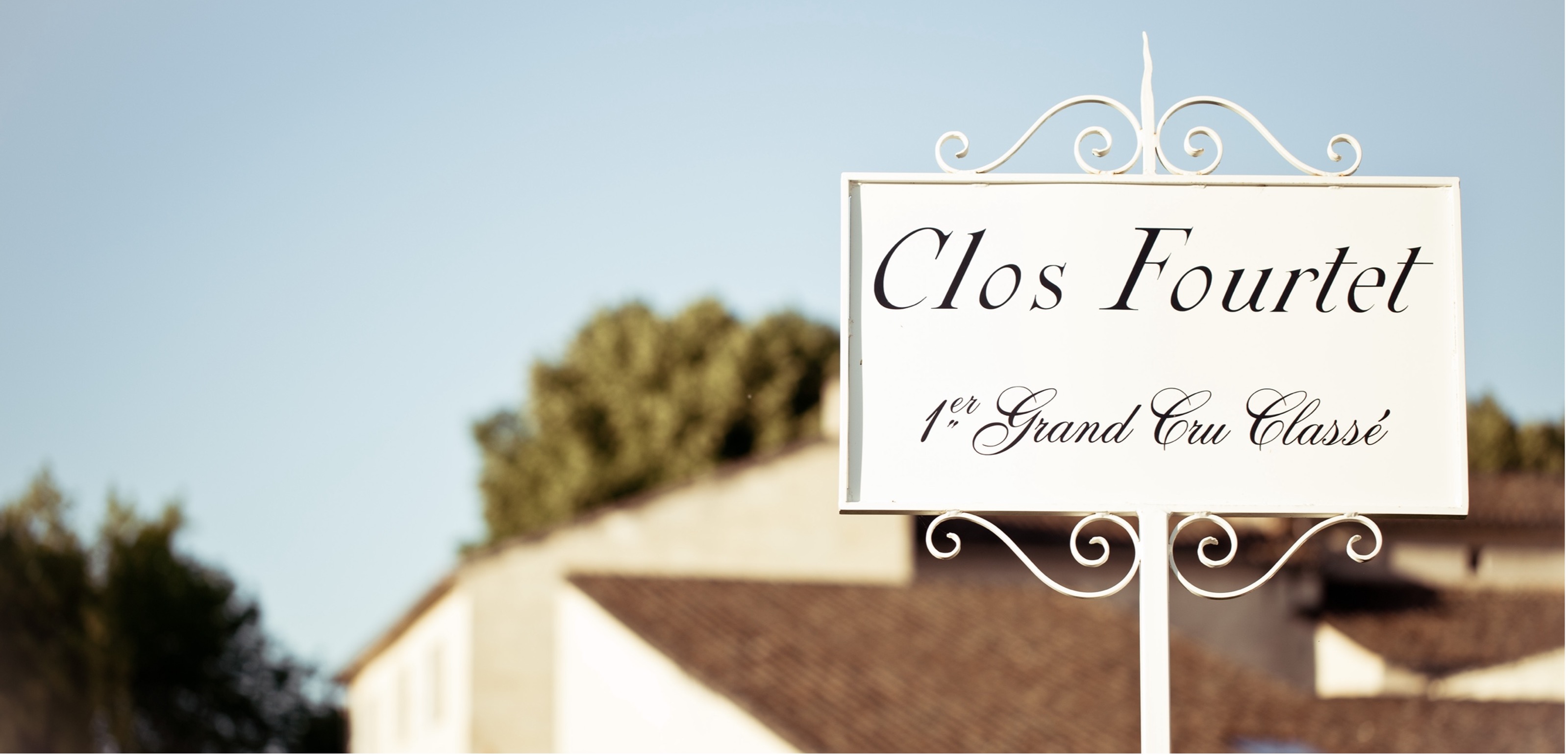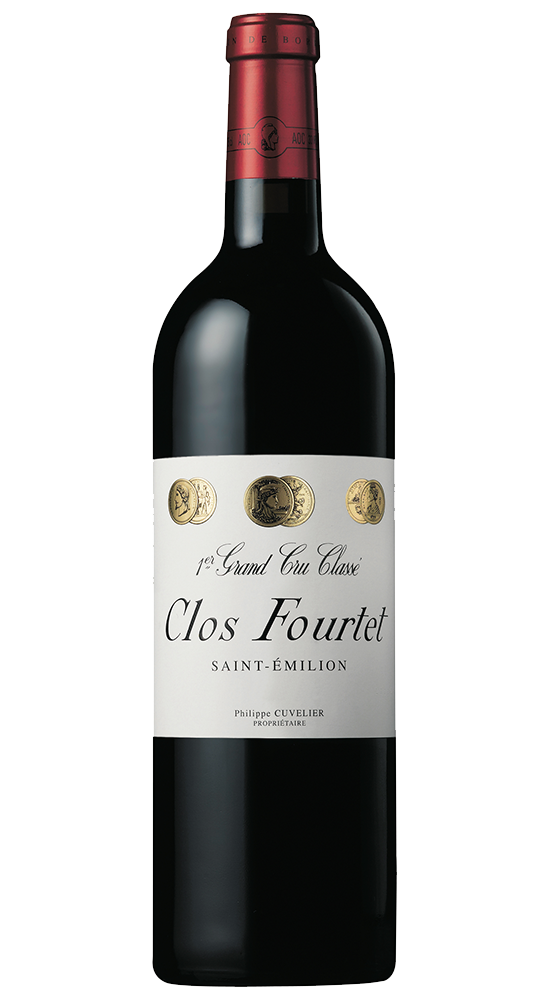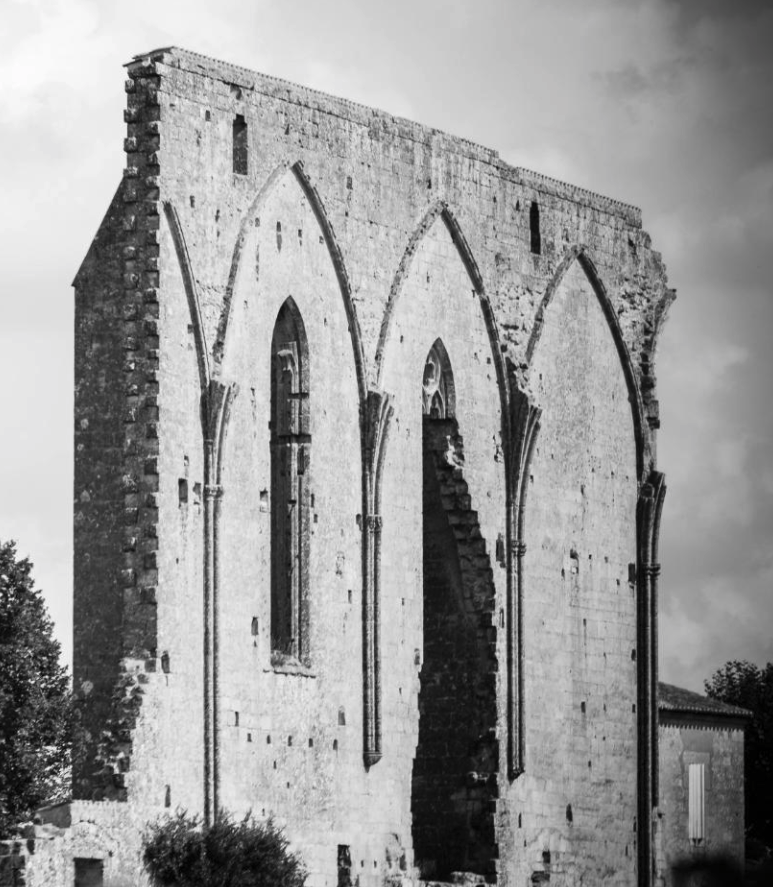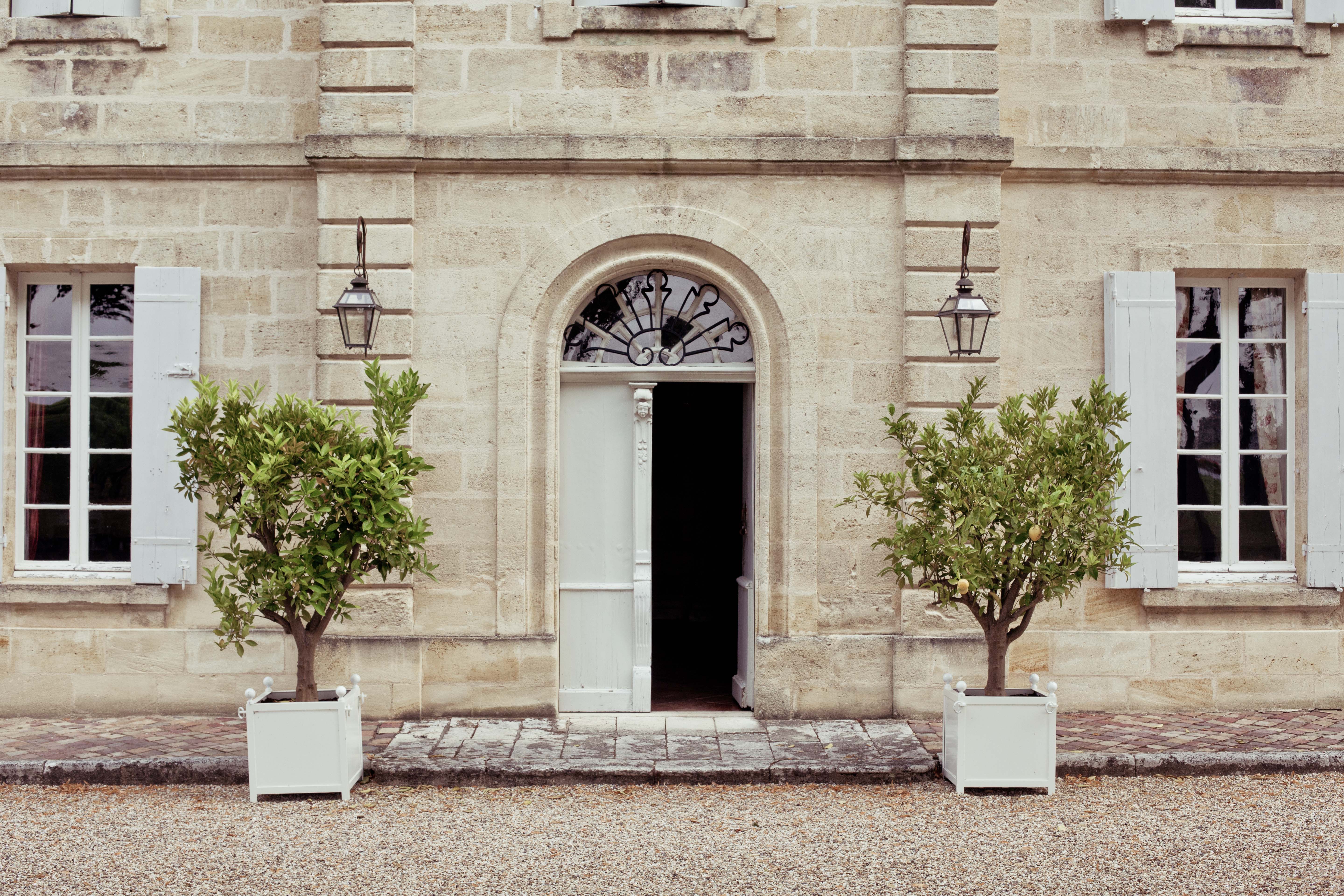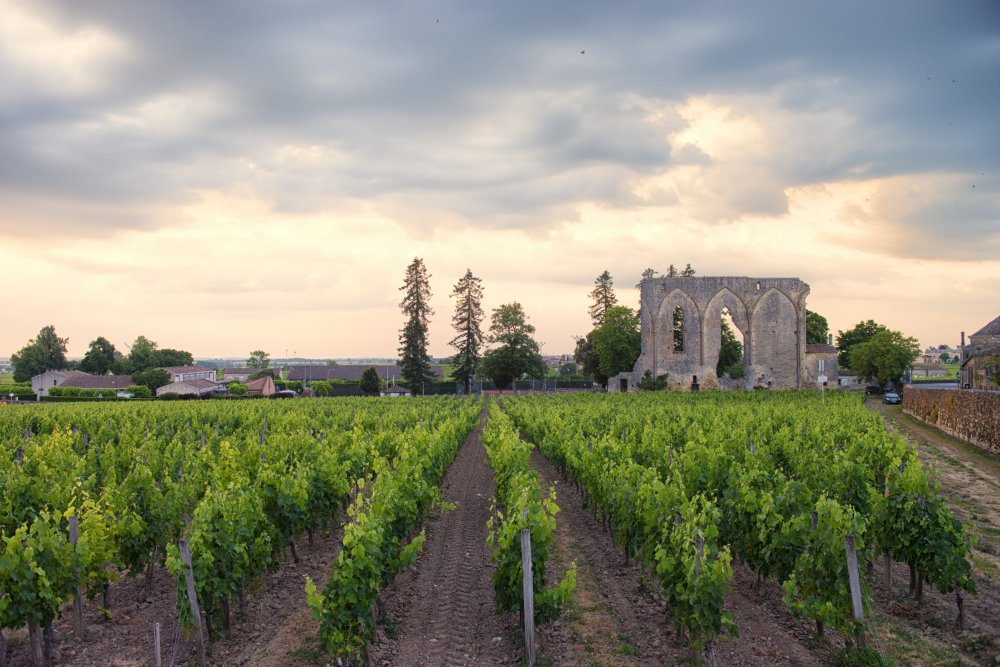Clos Fourtet
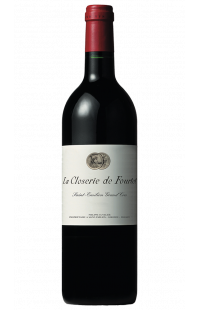
La Closerie Fourtet 2023 - Primeurs
Bordeaux - Saint-Émilion - 2nd Wine - Red Wine - Primeurs 2023 Primeurs 2023 - Delivery from september 2026Available in
- Bottle (75cl)
- 25.20€ / bottle- Magnum (1,5l)
- 50.40€ / magnumTASTING NOTES
J. Suckling
Specifications

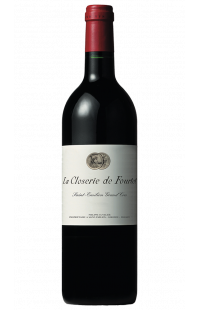
Available in
- Bottle (75cl)
- 32.00€ / bottle- Case of 6 bottles (75cl)
30.00€ / bottle- Case of 12 bottles (75cl)
29.33€ / bottleTASTING NOTES
Wine Advocate
91-93
Specifications
Benefit of the 12th bottle offered by choosing the format : Case of 12 bottles.
Degressive price applied automatically.
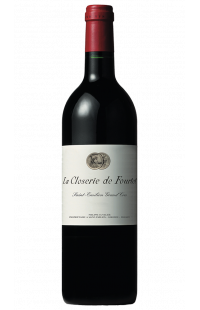
Available in
- Bottle (75cl)
- 36.00€ / bottle- Case of 6 bottles (75cl)
34.00€ / bottle- Case of 12 bottles (75cl)
33.00€ / bottleTASTING NOTES
Specifications
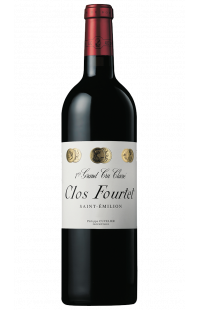
Clos Fourtet 2023 - Primeurs
Bordeaux - Saint-Émilion - 1er Cru Classé - Red Wine - Primeurs 2023 Primeurs 2023 - Delivery from september 2026Available in
- Bottle (75cl)
- 97.80€ / bottle- Magnum (1,5l)
- 195.60€ / magnumTASTING NOTES
Wine Advocate
J. Suckling
97-98
Specifications
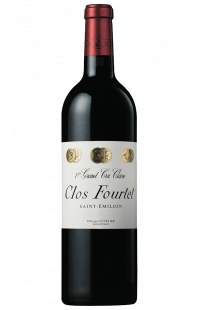
Available in
- Bottle (75cl)
- 110.00€ / bottleTASTING NOTES
Wine Advocate
96+
J. Suckling
95-96
Specifications
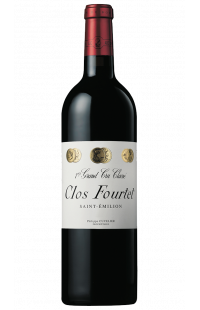
Available in
- Bottle (75cl)
- 132.00€ / bottleTASTING NOTES
J. Suckling
95-96
Specifications
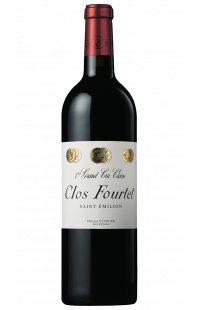
Available in
- Bottle (75cl)
- 135.00€ / bottle- Case of 6 bottles (75cl)
130.00€ / bottleTASTING NOTES
Wine Advocate
96-98
J. Suckling
95-96
Specifications
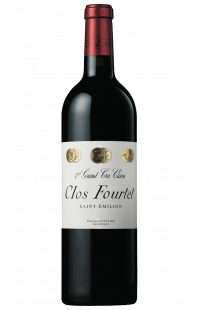
Available in
- Bottle (75cl)
- 139.00€ / bottle- Case of 6 bottles (75cl)
135.00€ / bottleTASTING NOTES
Wine Advocate
92-94
Wine Spectator
93-96
J. Suckling
94-95
Specifications
